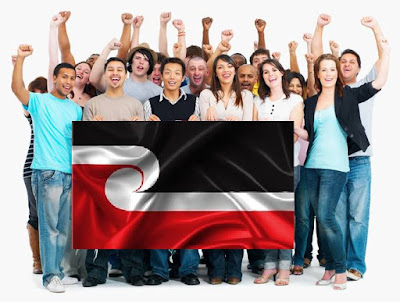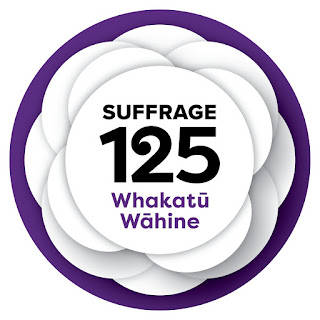Book Review - Revolutionary Women: A Book of Stencils
The book contains stencil-able images of 30 revolutionary women in chronological order by date of birth, beginning from 1820 with Harriet Tubman to 1978 with Malalai Joya. It covers women from Asia, the Middle East, the Americas, Europe and Aotearoa. Through the many herstories outlined in the book, it is quite clear the priorities and goals of their revolutionary struggle varied based on the multiple layers of identity and political contexts they were in. Most non-white women were/are heavily involved in national liberation struggles against colonialism and imperialism while fighting for gender equality, while most revolutionary white women were more focused on class struggle and labour issues.
The aim of the book is to counter-act and challenge all the male revolutionary heroes who’s faces are prolific in popular culture, like Che Guevara and Bob Marley, by providing a resource of brief and accessible biographies of women involved in revolutionary struggles who’s faces are no where to be seen in the mainstream and their herstories untold and untaught. However, as the introduction outlines, the selection of women and the biographies are narrated from a white (presumably radical/anarcha-) feminist perspective. What gets included and excluded is formed by the subject positions of the editors and authors, and how the women’s lives and politics are interpreted/translated and labeled is informed by such lenses.
I really like stencils as a form of art and communication, especially when they are on the streets. There’s almost an inherent revolutionary aesthetic to stencils. It encourages DIY ethics and can be easily reproduced and sprayed all over the place. But what I've noticed over the years is the capitalist appropriation and commodification of stenciled revolutionary icons and imagery. Che Guevara and Bob Marley’s faces are constantly used over and over again to sell shit to people, like another brand. And I do wonder despite the prolific images of Che and Bob, how many people that see their faces or use their faces understand their politics and struggles, and whether that imagery inspires revolution or just becomes decoration on the walls. Likewise, when the faces of these women are stenciled onto public spaces without explanation, without names, what would it mean to the viewer?
I found the explanation of Eva Rickards’ absence in the book really interesting and does make me wonder about how some of these women or their families would feel about having their faces stenciled or their stories told in this particular way, considering the diversity of cultural backgrounds included. When Eva Rickards’ family were approached, they were concerned about her face being misappropriated by people who did not understand her struggle:
“Influenced by her own ideology, her family members are opposed to the propagation of her image, and particularly her moko (facial tattoo), for potential capitalist gain and/or misappropriation by the public at large who have no concept of her culture and her struggle.” (p.11)
This is a really valid point and it is also quite relevant to many of the other women included in the book whose struggles and cultures could be misunderstood or misinterpreted. Nevertheless, it wouldn’t be fair to assume that the readership of this book is only going to be middle class white feminists and for me, I did appreciate the inclusion of non-Anglo/European women, but the issues around representation and appropriation still remains. Their stories and biographies are pieced together and narrated by people who have no direct understanding of their cultures and struggles – can that be done in a respectful manner? Or is taking on the power of narration to tell stories of non-western women problematic and an exercise in white privilege in itself? I don’t have any answers, but I think the politics of representation is always a tricky subject.
In the end, I think the book serves its purpose as being a 'kick to the groin of deep-rooted patriarchal history' and has definitely provided inspiration for me. I cried reading some of the biographies, but not because what these women have been through was devastatingly horrible, but because despite all the suffering, pain and violence many of them have been through, they fought back and continued to resist despite all odds. Many were simply struggles for survival. And I hope our generation (whatever that is) can learn from that and keep fighting back against oppression without compromise. I hope these stories of revolutionaries do not just remain ink on paper or spraypaint on walls, but may they be continued in the actions of our generation and the generations to come until all oppression is ended. These women remind us that revolution is a lifelong struggle and giving up is not an option.
This book is available from PM Press and Cherry Bomb Comics.


Awesome, thanks for bringing this to attention.
ReplyDelete